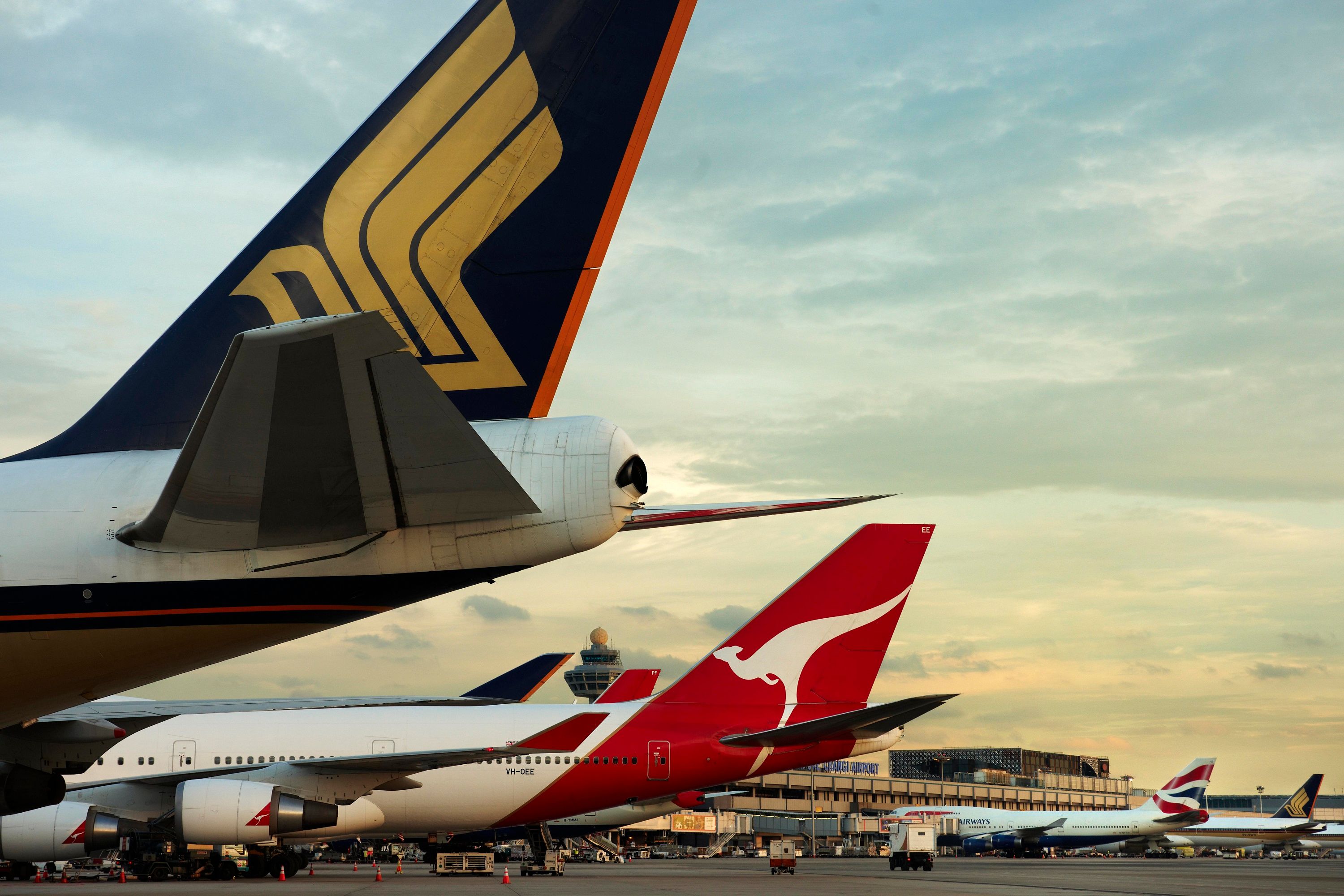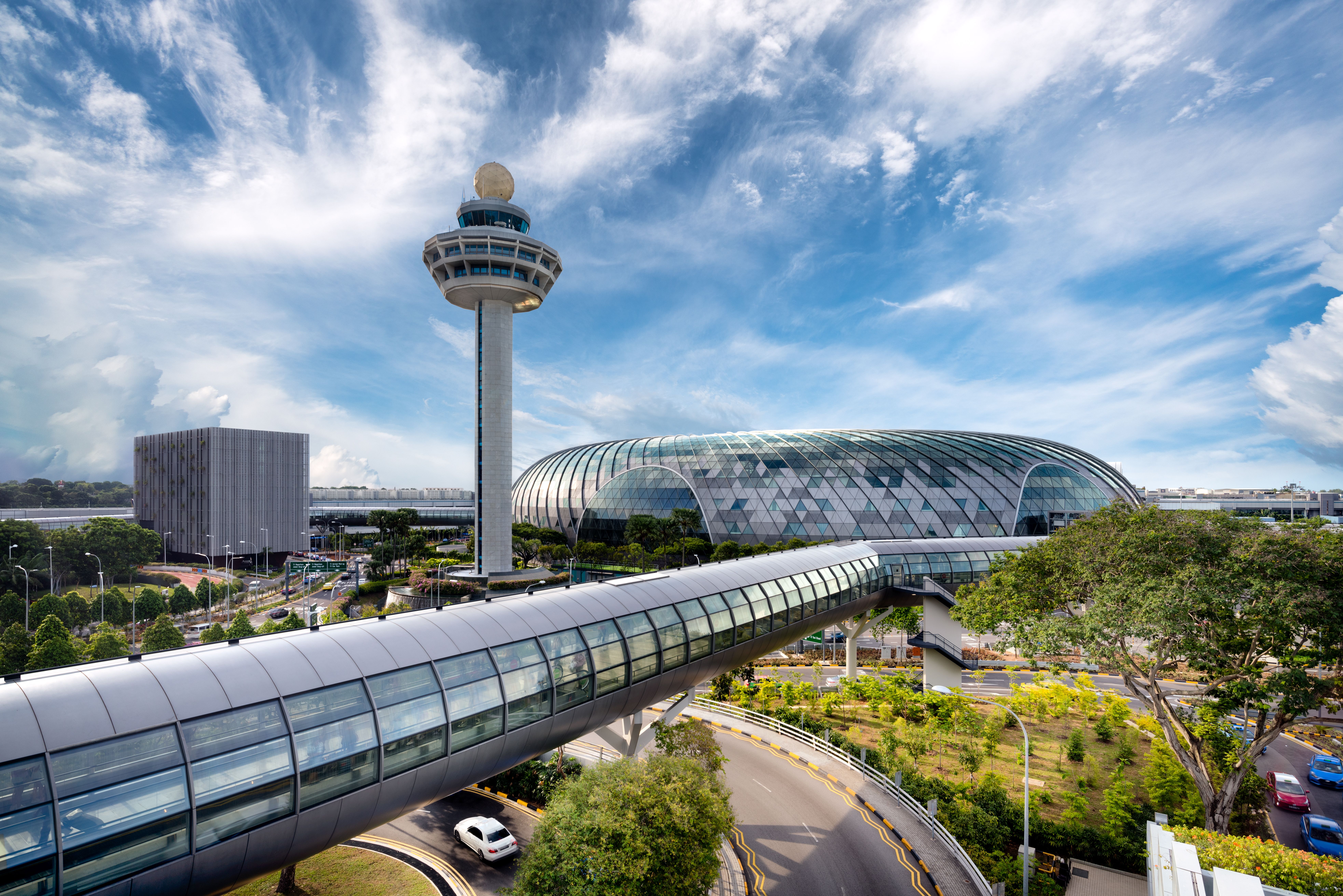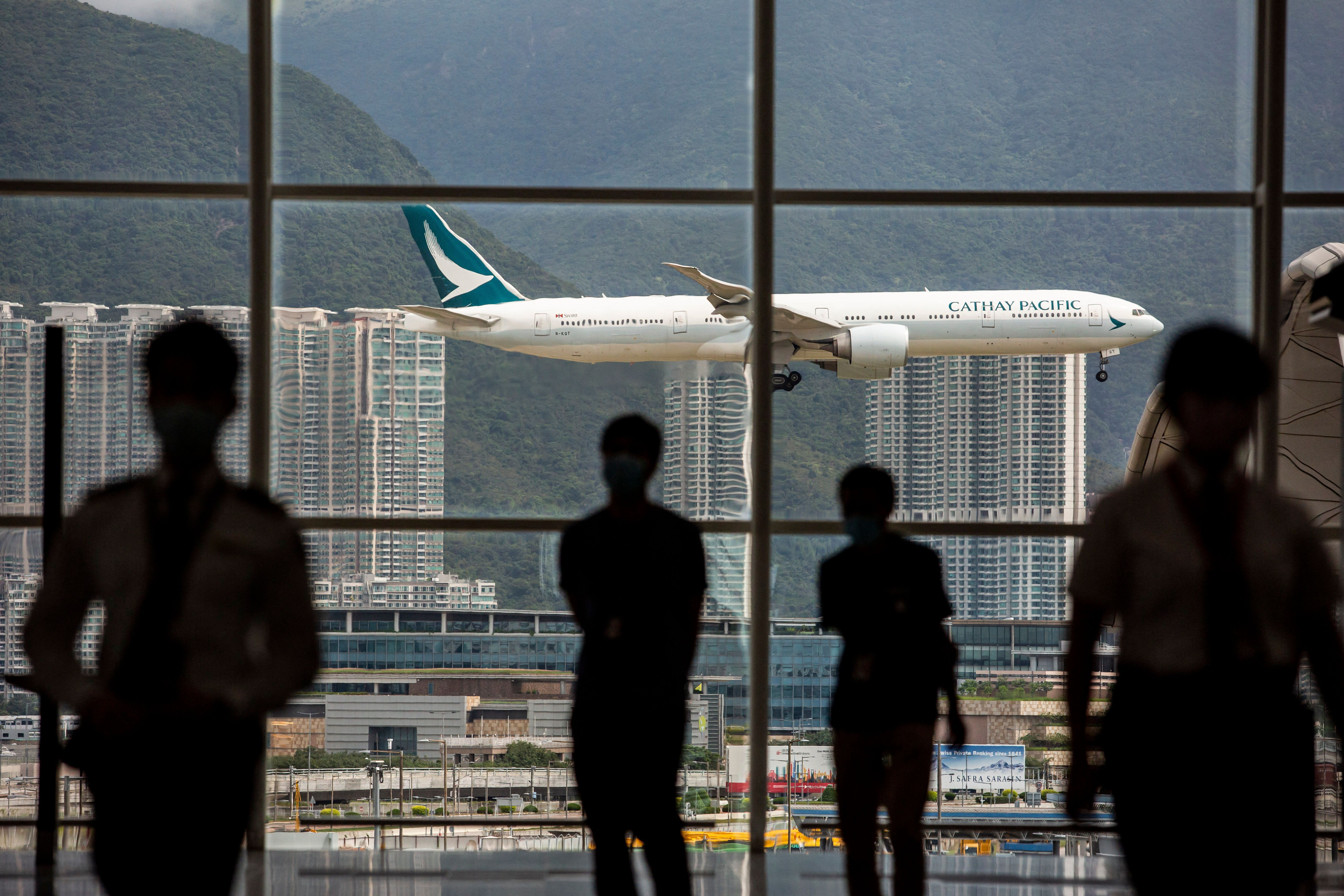The COVID pandemic affected nearly all aspects of commercial aviation drastically. But for some, the fall has been far greater than others. Hong Kong International Airport was the busiest hub in Asia pre-pandemic, but the story couldn’t be more different today as other airports in the region, including Delhi and Kuala Lumpur, are now handling more passengers than Hong Kong.
Singapore Changi is Asia’s busiest airport
According to data compiled by analysis and consulting firm Sobie Aviation, Singapore Changi Airport has emerged as the busiest in Asia, miles ahead of the pre-pandemic leader Hong Kong. In the second quarter of this year ending June, the airport handled 7.3 million passengers.
As reported by South China Morning Post, Hong Kong is not among the top ten Asian airports, with Delhi’s Indira Gandhi International Airport and Bangkok’s Suvarnabhumi Airport sharing the second spot with 3.2 million passengers each.
Completing the top five were Seoul Incheon Airport with 2.9 million and Kuala Lumpur International Airport with 2.6 million.
The list looks a little different from the one in 2019 when Hong Kong International Airport (HKIA) handled 19.1 million passengers for the same period, followed by Seoul Incheon (17.6 million), Changi (16.8 million), Bangkok Suvarnabhumi (12.3 million) and Taiwan’s Taoyuan Airport (also 12.3 million).
Not even in the top 10
In 2022, HKIA is a mere shadow of its former self. In the quarter ending June, the airport handled just 591,000 passengers. HKIA consistently held the top position before the pandemic as Asia’s busiest hub airport.
But in stark contrast to other major airports around the world, it continues to maintain a strict COVID policy to keep the virus in check. The airport has eased entry requirements a little by reducing hotel quarantine to three days, followed by another four of health monitoring and more testing, but it still seems a hassle for tourists, particularly when other destinations in the region are more welcoming.
Thailand, Singapore, Malaysia, and many other countries in Southeast Asia have dropped pre-departure COVID-19 tests for fully vaccinated travelers and no longer require them to quarantine upon arrival.
Lots to cover
There’s a big question mark over Hong Kong’s viability as Asia’s leading financial center, given its stringent COVID-19 policy and entry requirements. Even Cathay Pacific, once one of Asia’s largest airlines, is struggling to contain losses.
Follow Simple Flying for all the latest aviation news.
For the first half of 2022, the airline reported a loss of HK$4.99 billion ($637 million), compared to its loss of HK$7.56 billion ($963 million) in H1 2021. Cathay Pacific chairman Patrick Healey says that their ability to operate more flight capacity continues to be severely constrained by a bottleneck on crewing resources under the existing quarantine requirements.
It remains to be seen for how long Hong Kong will remain under the influence of the pandemic. HKIA will soon have to start rebuilding its lost connections to halt the downward spiral it currently finds itself in.
What are your views on this? Please leave a comment below.
Source: South China Morning Post




.jpg)
